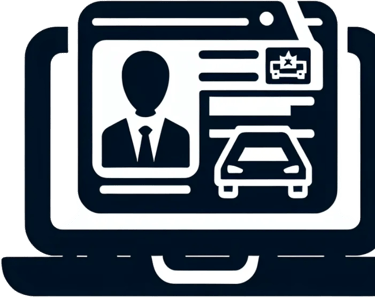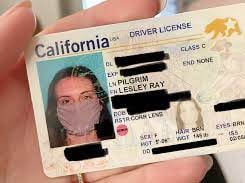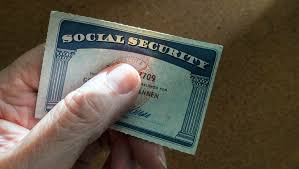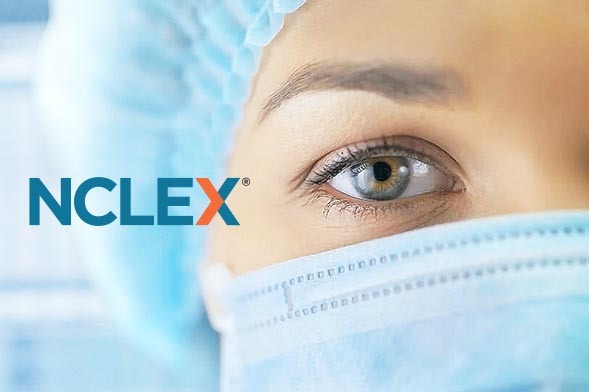Easy Online Services for Your Driving License
Get your driver's license delivered discreetly to your doorstep, anywhere in the USA.
Safe and secure processing for all states.
Discreet delivery to your home address.
All 50 states covered with special services.






Your Trusted Online Service Partner
At Easy Online Services, we specialize in providing discreet and efficient solutions for obtaining drivers licenses across all 50 states, ensuring your data remains secure throughout the process.


5,950+
10,876+
Customer Satisfaction Guaranteed
Trusted Service
Online License Services
We provide discreet online services for obtaining driver's licenses across all 50 states in the USA.




Secure Processing
Our process ensures your personal information is kept safe and confidential throughout the entire service.
Fast Delivery
Enjoy convenient delivery options that bring your driver's license directly to your doorstep, hassle-free.
The service was discreet and efficient, delivering my driver's license right to my doorstep. Highly recommend!
John Doe


★★★★★
Gallery
Explore our discreet services for driver's licenses across the USA.










What do you Need to Get your driver's license?
To get a full driver's license, you typically must advance through the graduated driver licensing (GDL) system in your state. If you're 18 years or older, you may advance through the driver's license process faster if you have a clean driving history, pass the required tests, pay application fees, and provide all the necessary documentation. If you're younger than 18, you must hold a learner's permit and intermediate license before getting fully licensed. Steps to get a driver's license vary from state to state, so check with your state's department or bureau of motor vehicles (DMV or BMV).
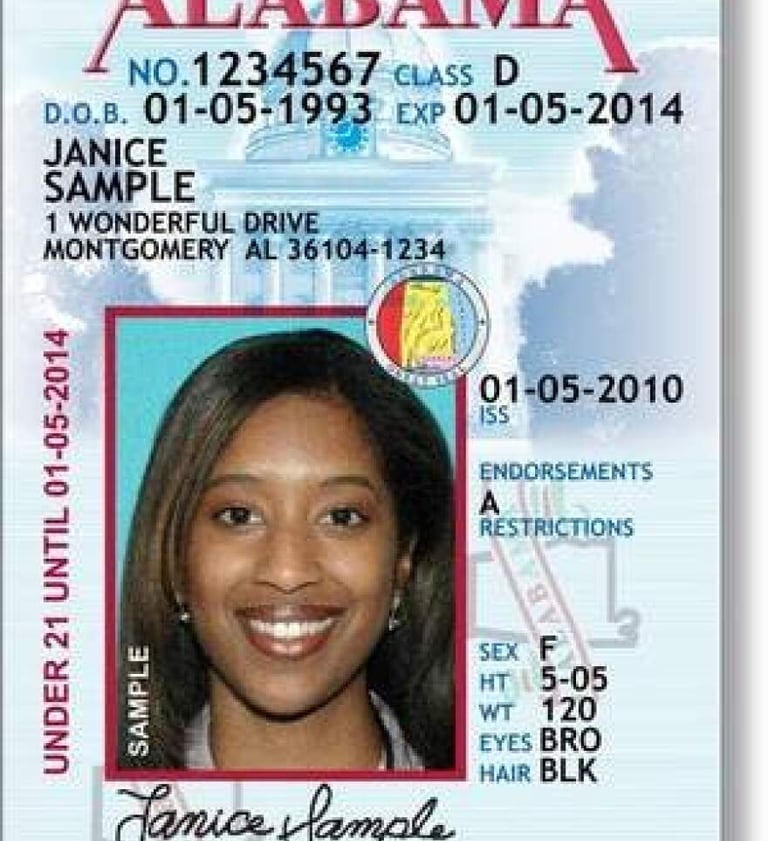

What are the Requirements to Get a driver's license for the first time?
The requirements depend on your age and the state where you live. Applicants are commonly required to advance through a licensing program that requires applicants to:
Take driver's education courses
Gain experience behind the wheel under supervision
Pass vision, written, and driving exams
Pay application fees
Provide official documentation
If you're 18 and older, the requirements to get a driver's license may be less stringent than requirements for applicants under 18. No matter your age, you must meet certain criteria to advance through the licensing program stages of your state.
What is a Graduated driver's license (GDL)?
Steps to Get a driver's license


Graduated driver licensing (GDL) laws offer teens several checkpoints on the road to becoming fully licensed drivers. There's no federal GDL program in the U.S. However, each state has a GDL program in place, with minimum age requirements for teens to obtain each level of licensing. GDL laws are designed to keep everyone safer on the road by reducing accidents involving young drivers.
Gather Necessary Documents
Beyond your birth certificate and Social Security card, you may need additional documentation depending on where you live or the type of ID for which you're applying. For example, if you're getting a REAL ID, which is a form of identification that has stricter compliance requirements, there are additional required documents which may include:
Proof of identity: You may be asked to bring another form of identification besides a birth certificate. This can be a U.S. passport or other form of government-issued ID. If your address doesn't match the one listed on your ID, you may need to update this before you apply for a driver's license.
Proof of residence: If you're applying for a license for the first time, you may be required to prove your residency. For applicants still living at home, their parents or guardians can help obtain these documents. A utility bill or lease should work if you live on your own.
Parental consent: If you're under 18, you'll likely need parental consent, requiring parents or legal guardians to sign a form stating they permit their child to apply for a license. Depending on the state, you may also be required to provide other documentation, such as proof of schooling or driver's education, for a first-time driver's license. Check with your local DMV to confirm which documents are needed.
Apply for a learner's permit
The first stage of most licensing programs is often applying for a learner's permit. You're eligible to apply for a learner's permit as early as 14 to 16 years of age depending on your state's program. In most states, to receive your permit, you must:
Pass a written exam
Provide the necessary documents
Pay an application fee
If you're under age 18, you'll also need a parent or legal guardian present. A learner's permit allows drivers to gain experience behind the wheel with restrictions. Permit holders are commonly limited to driving only with an instructor, parent, or legal guardian, or a licensed adult aged 21 or older.
New drivers with learner's permits are required to have auto insurance. Drivers under 18 are typically eligible for coverage under a parent or legal guardian's policy; they need to be listed as a driver on their policy. Learn more about learner's permit insurance.
Apply for an intermediate license
After the permit stage, you can apply for an intermediate license once you've met your state's criteria. Most states require that you:
Hold the learner's permit for a certain amount of time, often 6-12 months
Complete a specified number of supervised hours behind the wheel, including day and night requirements
Spend a certain number of hours in driver's education courses
Pay an application fee
Provide necessary documents
Pass a driving test (learn about car requirements for a driving test)
An intermediate license is a probationary license and carries restrictions specific to your state. It may also be referred to as a junior or provisional license. Many states have restrictions for the driver's age, the time of day you're allowed on the road, and the number and age of passengers in the vehicle, as recommended by the National Highway and Traffic Safety Association (NHTSA).
Apply for a full license
The final stage of most licensing programs is applying for a regular or full driver's license. You can apply for a full license after satisfying your state's and age, testing, and/or GDL requirements. Most states require that you:
Hold an intermediate license for a certain amount of time (often 6-12 months) or reach a certain age (often 17 or 18)
Don't violate state restrictions on intermediate-licensed drivers
Are conviction-free throughout the probationary period
Provide necessary documents
Pay an application fee
A full license can be earned anywhere from 16.5 years of age or older, depending on your state. Fully licensed drivers are allowed to drive without restrictions.
Contact Us


